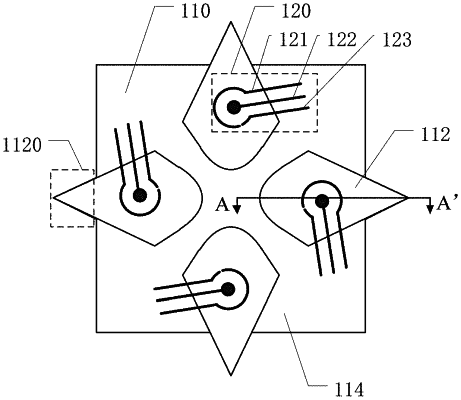| CPC G01N 27/301 (2013.01) [A61B 5/682 (2013.01); A61B 10/0051 (2013.01); G01N 27/3271 (2013.01); G01N 27/401 (2013.01); G01N 33/5438 (2013.01); H01M 8/16 (2013.01); A61B 2562/02 (2013.01); A61B 2562/16 (2013.01)] | 13 Claims |

|
1. An electrochemical sensor for humoral detection, comprising:
a material layer comprising a plurality of hydrophilic regions; and
a plurality of detection units located on the material layer, each of the plurality of hydrophilic regions is provided with a corresponding one of the plurality of detection units, respectively,
wherein each of the plurality of hydrophilic regions comprises a sampling port configured to be in contact with a liquid sample to be detected,
each of the plurality of detection units comprises a working electrode and an opposed electrode disposed apart from each other, the working electrode comprises a reaction surface containing a substance configured to have a reaction with an analyte in the liquid sample, and
the working electrode and the opposed electrode are configured to detect an electrical signal generated by the reaction so as to detect the analyte, wherein the material layer further comprises a lyophobic region disposed among adjacent ones of the plurality of hydrophilic regions to separate different ones of the plurality of hydrophilic regions from each other; and a nano-paper;
each of the plurality of hydrophilic regions comprises a nano-cellulose, and
the lyophobic region comprises a nano-cellulose having a surface adsorbed with a polysaccharide molecule.
|